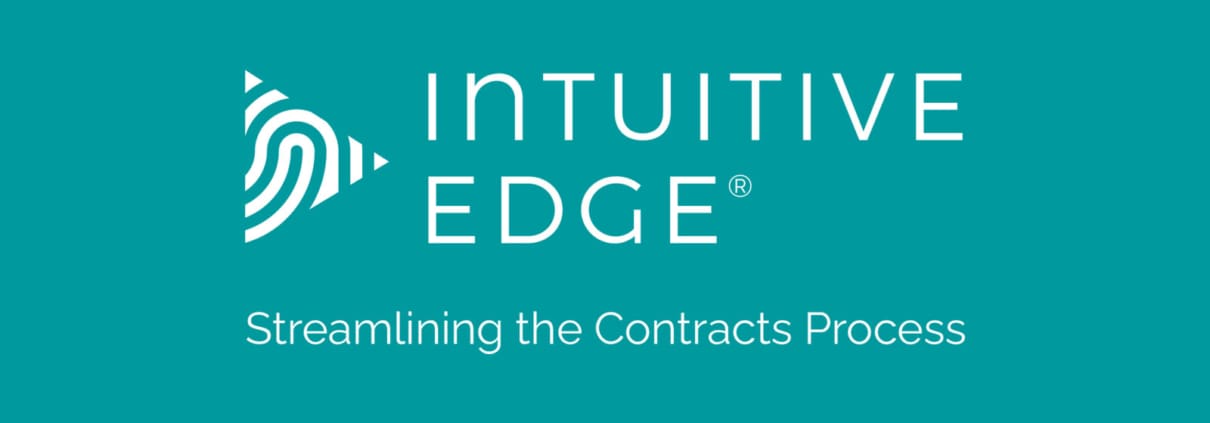Beyond Cryptocurrency: How Ethereum is Transforming M&A Deals

What is Ethereum and How Does It Compare to Bitcoin?
In the ever-evolving world of cryptocurrency and blockchain, Ethereum and Bitcoin are often the two most discussed names. While Bitcoin laid the groundwork as a digital currency, Ethereum has expanded the possibilities of blockchain technology far beyond simple transactions. This article will explain Ethereum, its blockchain, and its unique functions—and explore its potential implications for M&A (Mergers and Acquisitions) and the broader business landscape.
What is Ethereum?
Ethereum is a decentralized, open-source blockchain system that enables smart contracts and decentralized applications (dApps) to be built and run without any downtime, fraud, or interference. Created by Vitalik Buterin in 2015, Ethereum introduced a blockchain with programmability, allowing developers to create applications that are trustless, secure, and transparent.
At its core, Ethereum functions as:
A cryptocurrency: Its native token, Ether (ETH), is used to facilitate transactions and incentivize the network.
A global decentralized computer: Through its Ethereum Virtual Machine (EVM), Ethereum allows anyone to execute complex programs or applications on its blockchain.

Bitcoin is primarily a store of value or “digital gold,” used for secure, decentralized payments. Its blockchain is designed for simplicity and immutability.
Ethereum, on the other hand, goes beyond being a currency. It acts as a decentralized platform for building applications, contracts, and even other cryptocurrencies. This makes Ethereum far more versatile than Bitcoin.
Understanding the Blockchain and Ethereum’s Ledger
The term blockchain refers to a distributed ledger—a decentralized database that records transactions securely across a network of computers (nodes). In Ethereum’s case:
Ledger: The Ethereum blockchain records transactions involving Ether and the execution of smart contracts.
Smart Contracts: These are self-executing agreements where the terms are coded directly into the blockchain. For example, a contract could automatically release payment once specific conditions are met—without intermediaries.
Decentralized Applications (dApps): Applications run on the Ethereum blockchain, enabling trustless interactions between users or businesses. Examples include decentralized finance (DeFi) tools, NFTs, and supply chain solutions.
This technology is immutable (cannot be changed), transparent (every transaction is recorded publicly), and secure (protected by cryptography and consensus protocols).
Ethereum’s Potential in M&A+
Ethereum’s unique capabilities, particularly smart contracts and decentralized systems, offer significant opportunities in the M&A space:
Automating Contracts:
Smart contracts can simplify and automate the execution of agreements during mergers or acquisitions. For example, deal milestones, payments, or contingencies can be coded into the blockchain and executed automatically once conditions are satisfied, reducing reliance on intermediaries and manual processes.
Transparency and Audits:
Ethereum’s ledger ensures that all transactions and changes in ownership are publicly recorded. This level of transparency can facilitate due diligence, allowing buyers and sellers to trust the integrity of financial and contractual data.
Tokenized Assets:
Ethereum enables the tokenization of physical and digital assets. In M&A, this could include tokenizing equity or intellectual property, making it easier to value, transfer, and integrate during a deal.
Post-Merger Integration:
Decentralized applications (dApps) built on Ethereum can streamline processes like supply chain integration, cross-border payments, or managing digital IP post-merger.
Reducing Costs and Friction:
By removing intermediaries (lawyers, banks, brokers) in certain deal processes, Ethereum-based tools can significantly reduce transaction costs and administrative time.
The Future of Ethereum in Business and M&A
Ethereum continues to evolve with the shift to Ethereum 2.0, which has improved its scalability and energy efficiency. Businesses, especially those in tech, finance, and supply chains, are increasingly adopting blockchain solutions for greater transparency, automation, and trust.
For M&A professionals and dealmakers, Ethereum represents an opportunity to:
1. Streamline due diligence processes.
2. Reduce costs through automation.
3. Leverage blockchain-based systems for smoother post-merger integrations.
As blockchain adoption grows, understanding Ethereum’s capabilities will be crucial for forward-thinking organizations looking to stay competitive in a digitally transformed business environment.
Conclusion
While Bitcoin brought blockchain into the spotlight as a digital currency, Ethereum has unlocked the full potential of this technology, enabling programmable, decentralized applications that can revolutionize industries, including M&A. Whether through automated contracts, transparent ledgers, or tokenized assets, Ethereum offers innovative tools to simplify deals, improve integration, and unlock value.
For M&A professionals exploring the role of blockchain in deal-making, Ethereum is more than a cryptocurrency—it’s a platform for transforming how transactions and integrations are managed in the digital age.
About In2Edge
In2Edge specializes in supporting organizations through complex M&A transitions, including TSA exits, procurement optimization, and integration planning. Our experienced team and proven methodologies deliver results that align with your strategic goals while meeting tight deadlines. Visit in2edge here.







Leave a Reply
Want to join the discussion?Feel free to contribute!